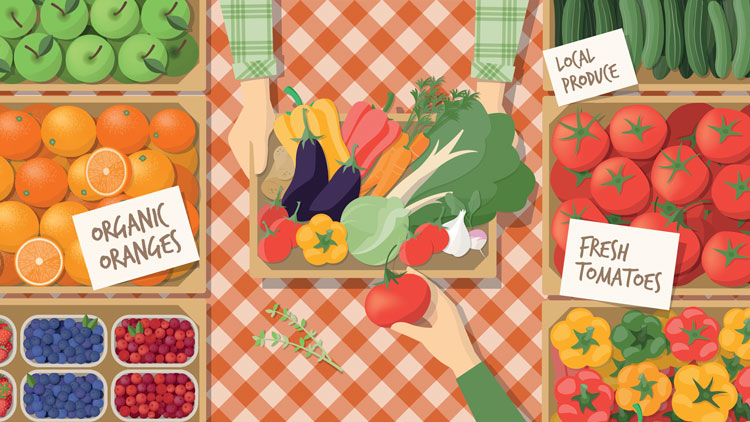
Since the standardization of organics at the turn of the century, agriculture has struggled to define the differences between conventional and organic operations without using the term better.
A new paper written by University of British Columbia researchers looked into some of the pros and cons of each management style. Their summary helps shed light on some of the “betters” associated with both.
“I think what’s important to consumers buying organic is that it has some benefits and some problems. It might not have some of the benefits we think it has, and it might have some benefits we don’t think of,” shared the report’s lead author Verena Seufert.
Specifically, this study looked at healthfulness and sustainability of each option.
Organic production was found to encourage higher biodiversity and better soil quality while also providing more transparency by nature of the regulations protecting the label.
On the other hand, conventional production resulted in 19 to 25 percent more food per unit area of land allowing food produced and a lower price.
In the area of greenhouse gas emissions, which is one of the most highly debated pieces of this topic, organic farms’ emission advantage is often negated if compared on a per production basis, shared the Canadian researchers.
These are complicated, yet important conversations to have as an industry. Consumers want to know about their food.
Now . . . how do we package the conversation so that we don’t say one is better and the other is worse?








